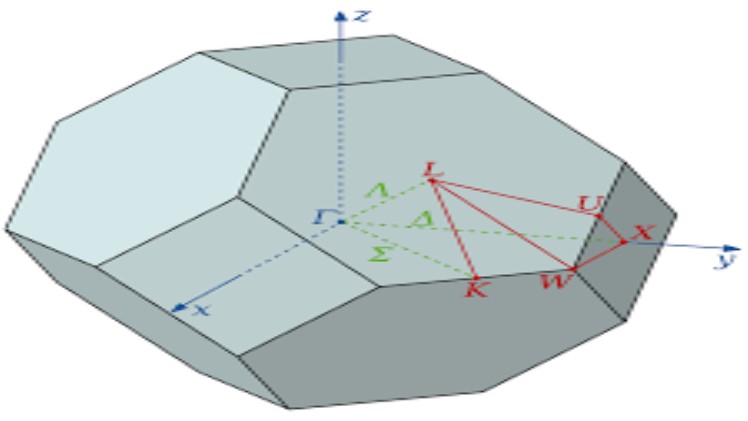Microscopes
Optical microscope, Confocal microscope, Scanning Electron Microscope (SEM), Transmission Electron Microscope (TEM), Scanning Tunnelling Microscope (STM), Atomic Force Microscope (AFM), Scanning Near-Field Optical Microscope (SNOM). Microscopes are useful to investigate morphology, size, structure and even composition of solids depending upon the type of microscope.
Some of the powerful microscopes are able to resolve structures up to atomic resolution.
canadian online pharmacy buynoprescriptionrxxonline.net/canadian-online-pharmacy.html over the counter
Diffraction
Techniques X-ray Diffraction (XRD), Electron Diffraction, Neutron Diffraction, Small Angle X-ray Scattering (SAXS), Small Angle Neutron Scattering (SANS) and Dynamic Light Scattering (DLS). Scattering or diffraction techniques are often used in particle shape and average particle size analysis as well as structural determination.
Spectroscopies
UV-Vis-IR absorption (transmission and reflection modes), Fourier Transform Infra Red (FTIR), Atomic Absorption Spectroscopy (AAS), Electron Spin (or Paramagnetic) Resonance (ESR or EPR), Nuclear Magnetic Resonance (NMR), Raman Spectroscopy, various luminescence spectroscopies, Electron Spectroscopy for Chemical Analysis (ESCA) or X-ray Photoelectron Spectroscopy (XPS), Auger Electron Spectroscopy (AES).
Spectroscopies are useful for chemical state analysis (bonding or charge transfer amongst the atoms), electronic structure (energy gaps, impurity levels, band formation and transition probabilities) and other properties of materials.
Electric and Magnetic Measurements Two or four probe measurements, Magnetoresistivity, Vibrating Sample Magnetometer (VSM), Superconducting Quantum Interference Device (SQUID), Magneto-Optical Measurements (Kerr and Faraday rotations).

